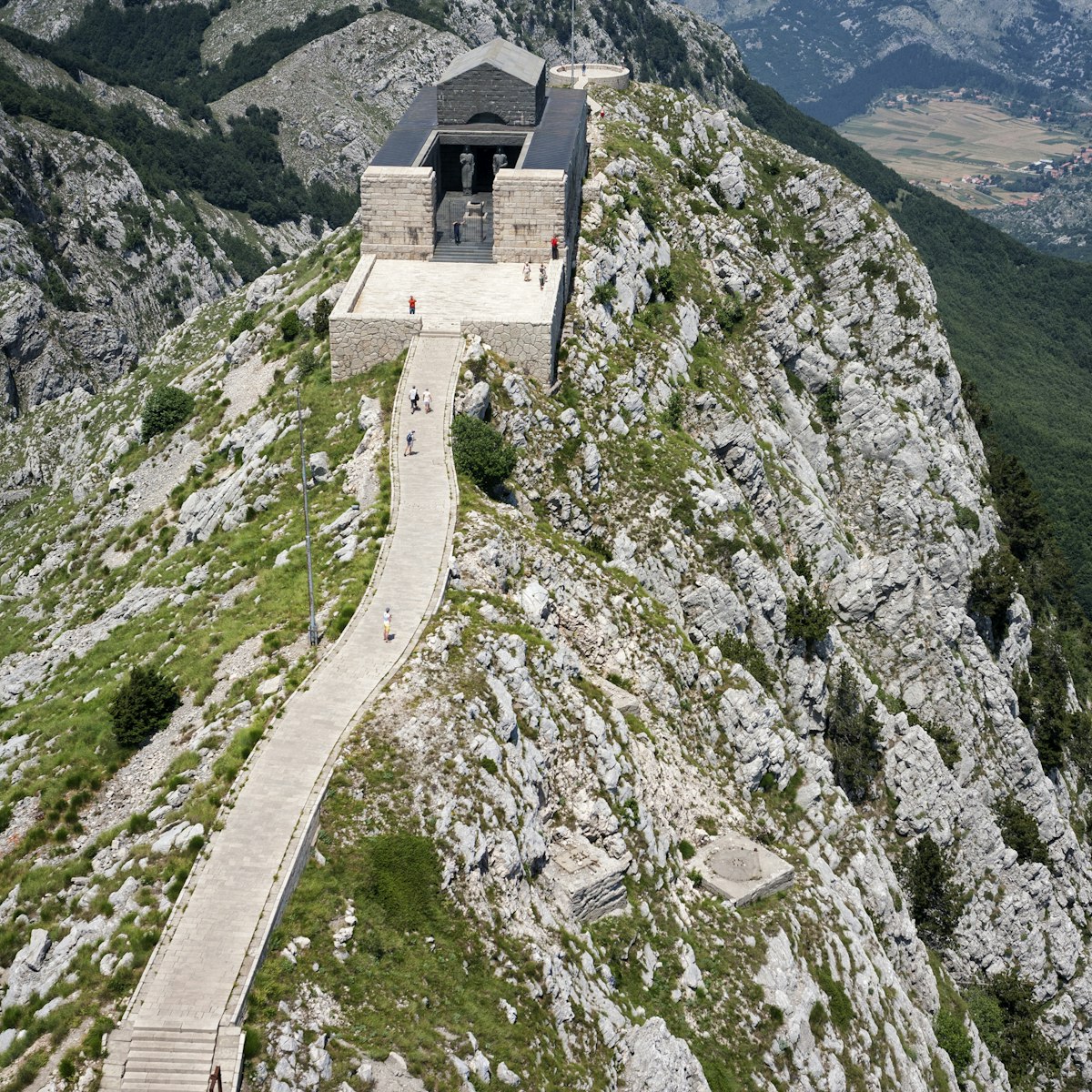It’s a case of four times lucky for the Cetinje Monastery, having been repeatedly destroyed during Ottoman attacks and rebuilt. This sturdy incarnation dates from 1786, with its only exterior ornamentation being the capitals of columns recycled from the original building, founded in 1484. The chapel to the right of the courtyard holds the monastery’s proudest possessions: a shard of the True Cross (a claim made by many European churches) and the mummified right hand of St John the Baptist.
The hand has a fascinating history, having escaped wars and revolutions and passed through the possession of Byzantine emperors, Ottoman sultans, the Knights Hospitaller, Russian tsars and Serbian kings. It’s only occasionally displayed for veneration, so if you miss out you can console yourself with the knowledge that it’s not a very pleasant sight.
The monastery treasury (€2) is only open to groups but if you are persuasive enough and prepared to wait around, you may be able to get in (mornings are the best time to try). It holds a wealth of fascinating objects that form a blur as you’re shunted around the rooms by an impatient monk. These include jewel-encrusted vestments, ancient handwritten texts, icons (including a lovely Syrian Madonna and Child) and a copy of the 1494 Oktoih (Book of the Eight Voices), the first book printed in Serbian. The crown of 14th-century Serbian king Stefan Uroš III Dečanski (who was deposed by his son, murdered and became a Serbian saint) is covered in pearls, large precious stones and priceless Byzantine-style enamels.
If your legs, shoulders or cleavage are on display, you’ll either be denied entry or given an unflattering smock to wear.




